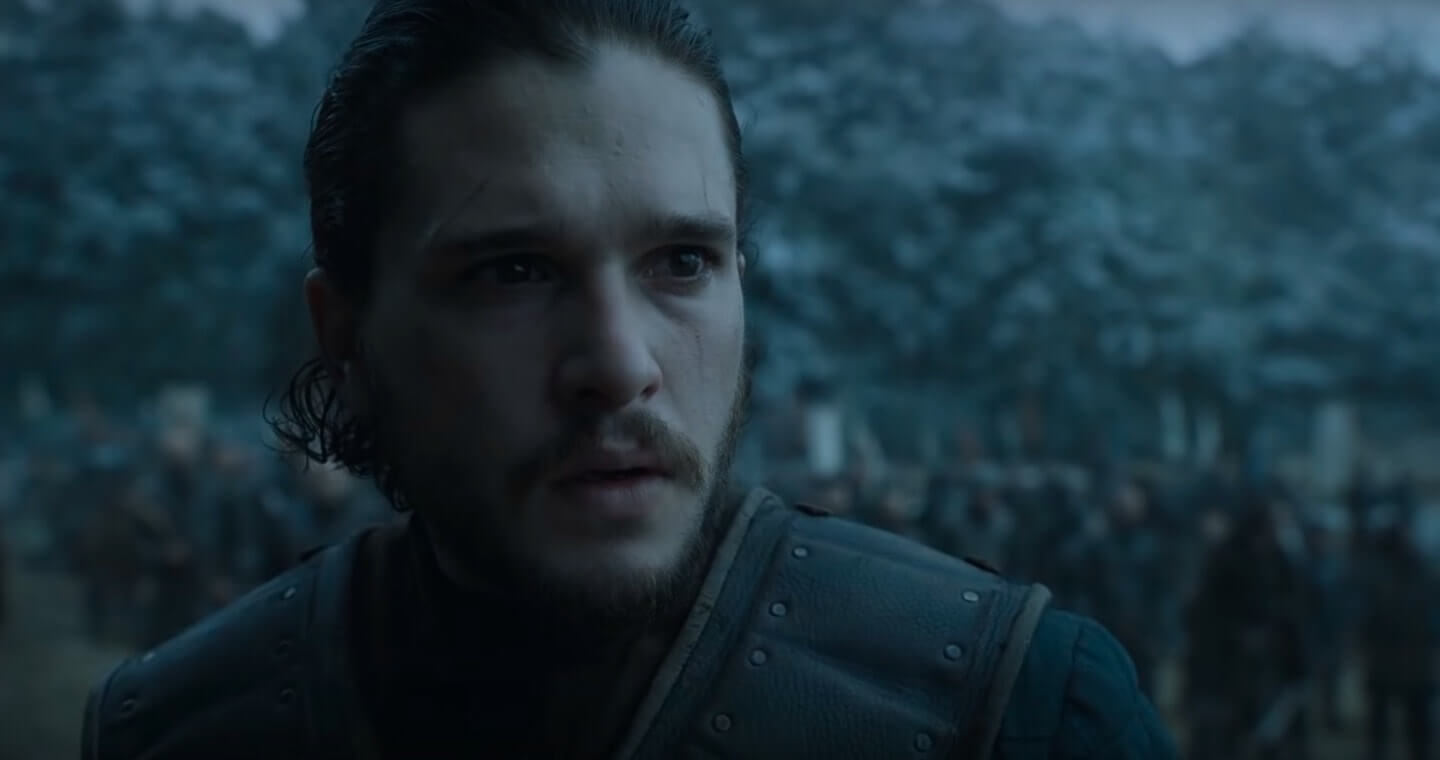This article is the second in our series about visual storytelling. If you missed the first, read about using framing to influence emotions here.
Different camera elements, used individually or combined, influence a viewer’s experience and emotions. While camera shots allow the viewers to perceive the character and the story, camera angles help add layers to the story.
One journal article has found that viewers are more likely to retain and recall stories when watching videos with the right camera angles than without. Camera angles help shape the mindset of the character and the meaning of the story. Remember the characters from Pulp Fiction or the plot of The Dark Knight? A lot of how you remember them and your perception of them is because of the camera angles used throughout the films. So, camera angles build a narrative to the character, and in extension to the story which viewers carry after the story ends.
Below, we’ll explore how camera angles influence your perception of a character or scene.
1. Eye level
This angle is usually shot from the eye level of a character. This angle helps viewers identify with the emotions of the character. The eye level angle often helps humanise a character, placing the viewer on ‘equal footing’. Variations of this angle include ‘hip level’ and ‘knee level’.
Uses: Eye level angles combined with a close-up shot of a subject in tears will cause the viewers to empathise with the character and share the intensity of the situation. It can also be used to establish the character as a peer to the viewer, and together they go through the journey or story together.




2. Low angle
This shot tends to isolate the subjects from the surrounding, making them powerful and dominant. The low angle makes the subject look larger which brings the viewers’ emphasis on the character’s power. This could be a good or bad thing depending on the context of the shot.
Uses: To show the character’s empowering moment over the others in the story, like when Batman puts on the suit. Every King Kong shot to shot the ‘largeness’ of the character.




3. High angle
This angle is the opposite of the one mentioned above. The high angle makes the subject small and often powerless. These shots are used to convey the vulnerability and lack of protection. In a scene, the high angle shot can be used to contract the character in the context of the environment.
Uses: To show a character that has been humiliated, feels week, or sometimes to show freedom and relief. A high angle shot used in the Hobbit establishes the size of the hobbit and also defines how other characters look and treat him.




4. Overhead angle (aerial, birds-eye, God’s eye):
This shot is mostly use to establish the narrative of the story. The overhead shot conveys the larger picture of the story and the character in relation to it. The overhead shot, when taken from a long distance, is what makes a birds-eye view or aerial angle.
Uses: When you want to communicate the city or the place the story is going to take place. To reveal the start of a war an aerial shot is used to reveal the situation of the scene. To make the character look insignificant to the story or the environment. To cover more than what a low angle shot would cover in a scene.




5. Dutch angle
The Dutch angle is an off-kilter angle, portraying the psychological uneasiness of a story and intensified tension in a scene. The viewer experiences the insanity of a character. In movies such as The Dark Knight, this angle is associated with the character (The Joker), rather than the scene overall.
Uses: Portraying a non-traditional villain and his skewed vision of the world. It can be used to build tension among viewers and raise the stakes of the situation when something bad is about to happen.




BONUS:
A term often used by cinematographers is ‘angle plus angle’. This is when you use a low or high angle with a Dutch angle in a single shot. A use can for this is using a low angle with a Dutch angle to show the dominance of a character and psychological uneasiness of the scene. These shots are also used to convey vulnerability during uneasiness in the scene.



